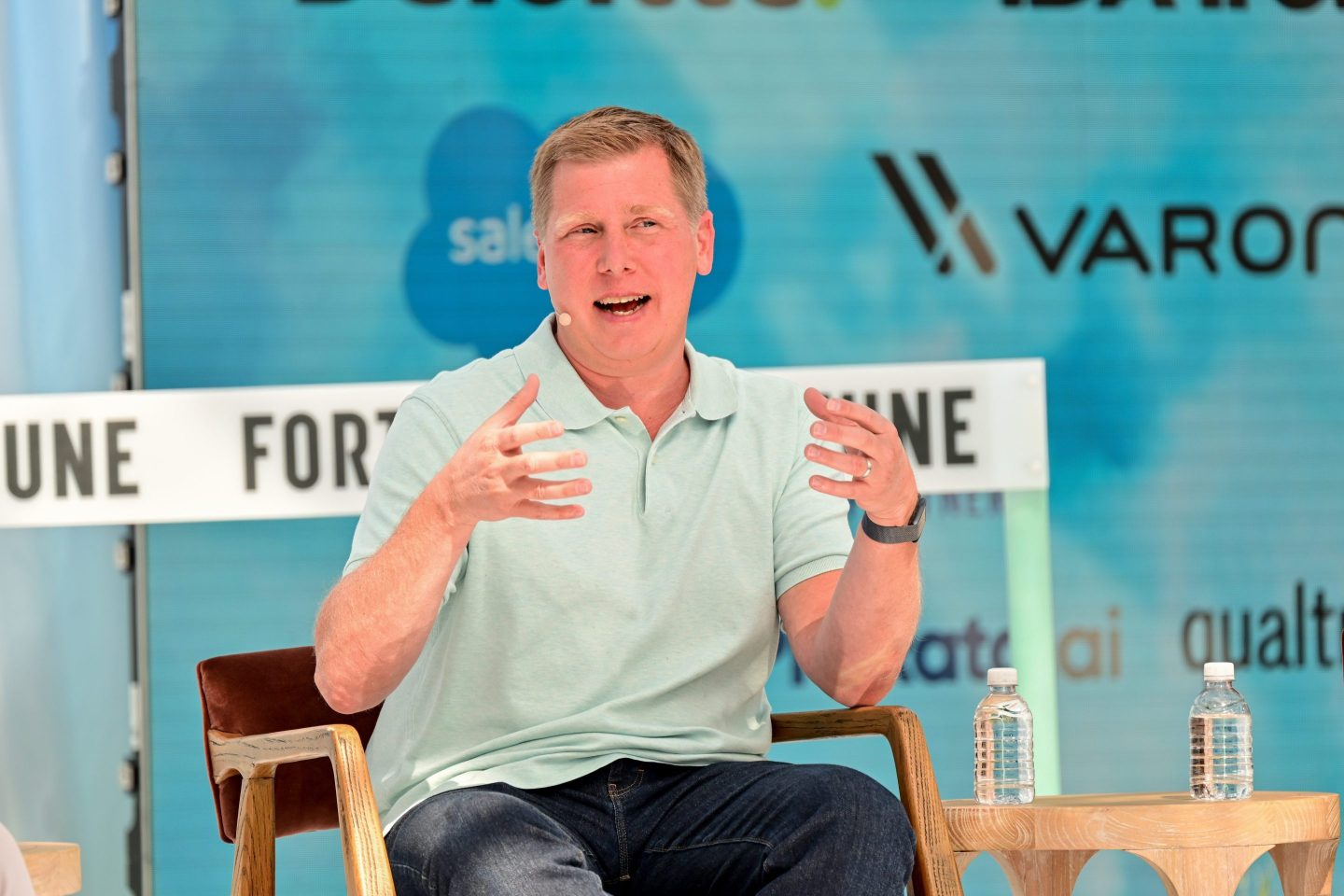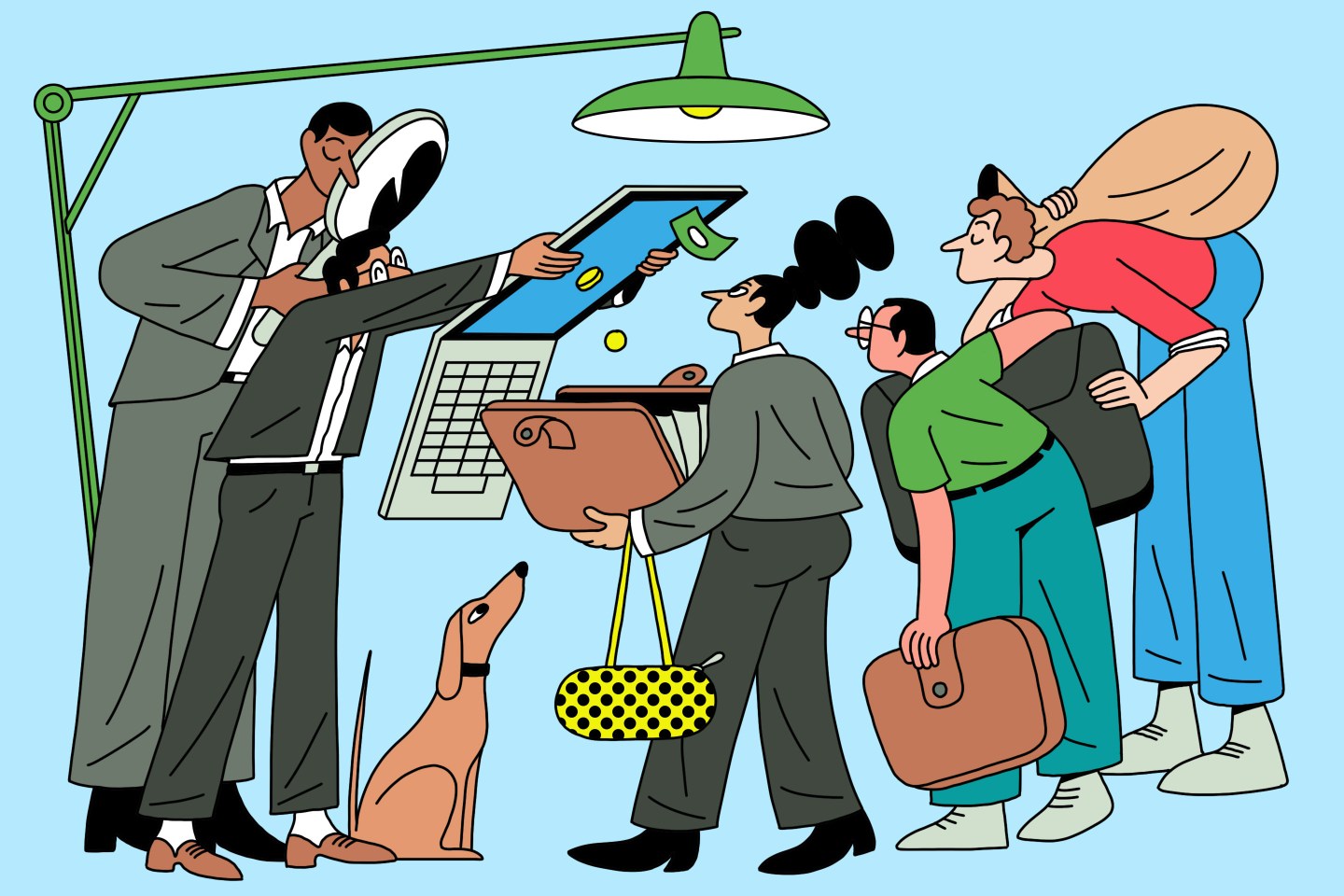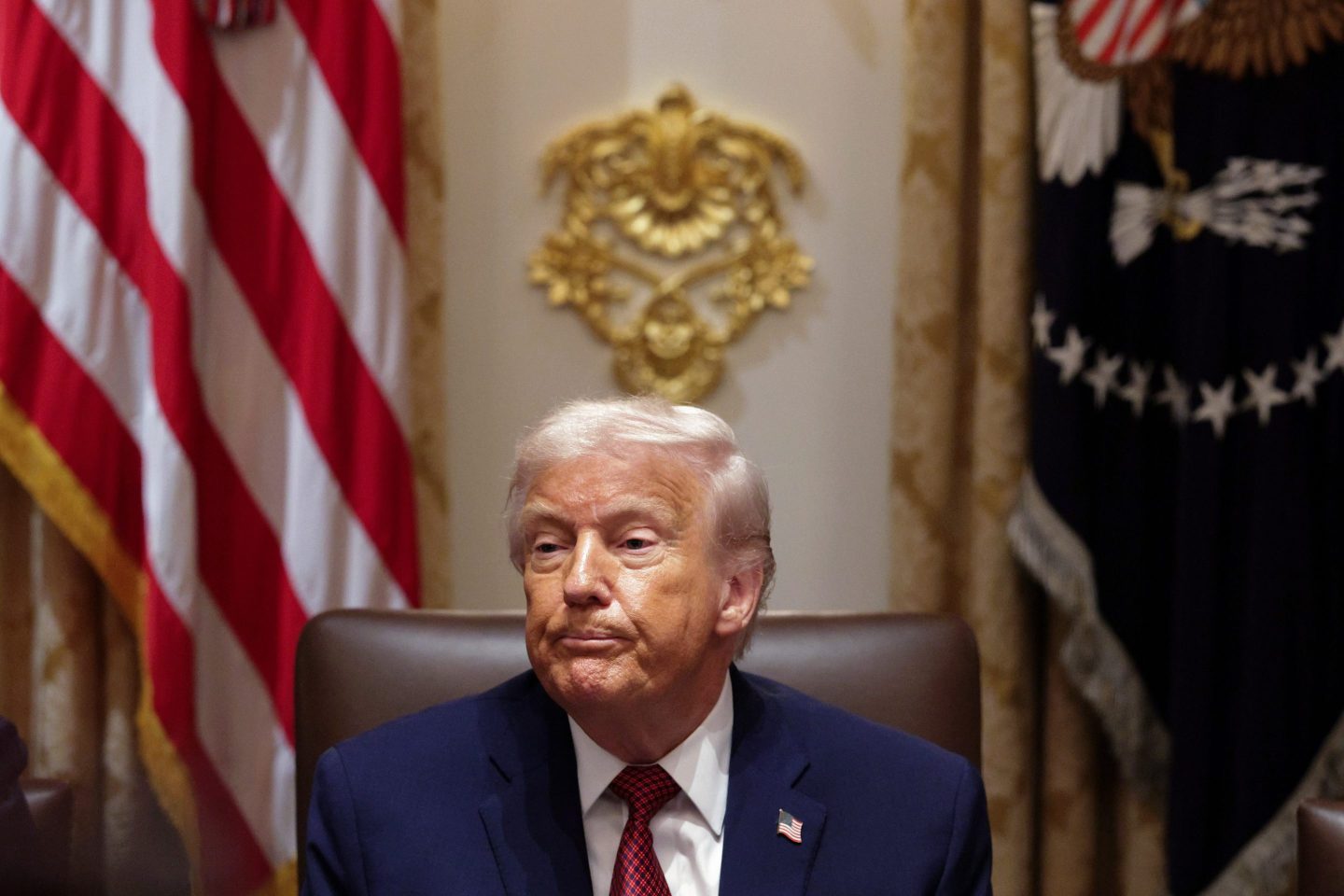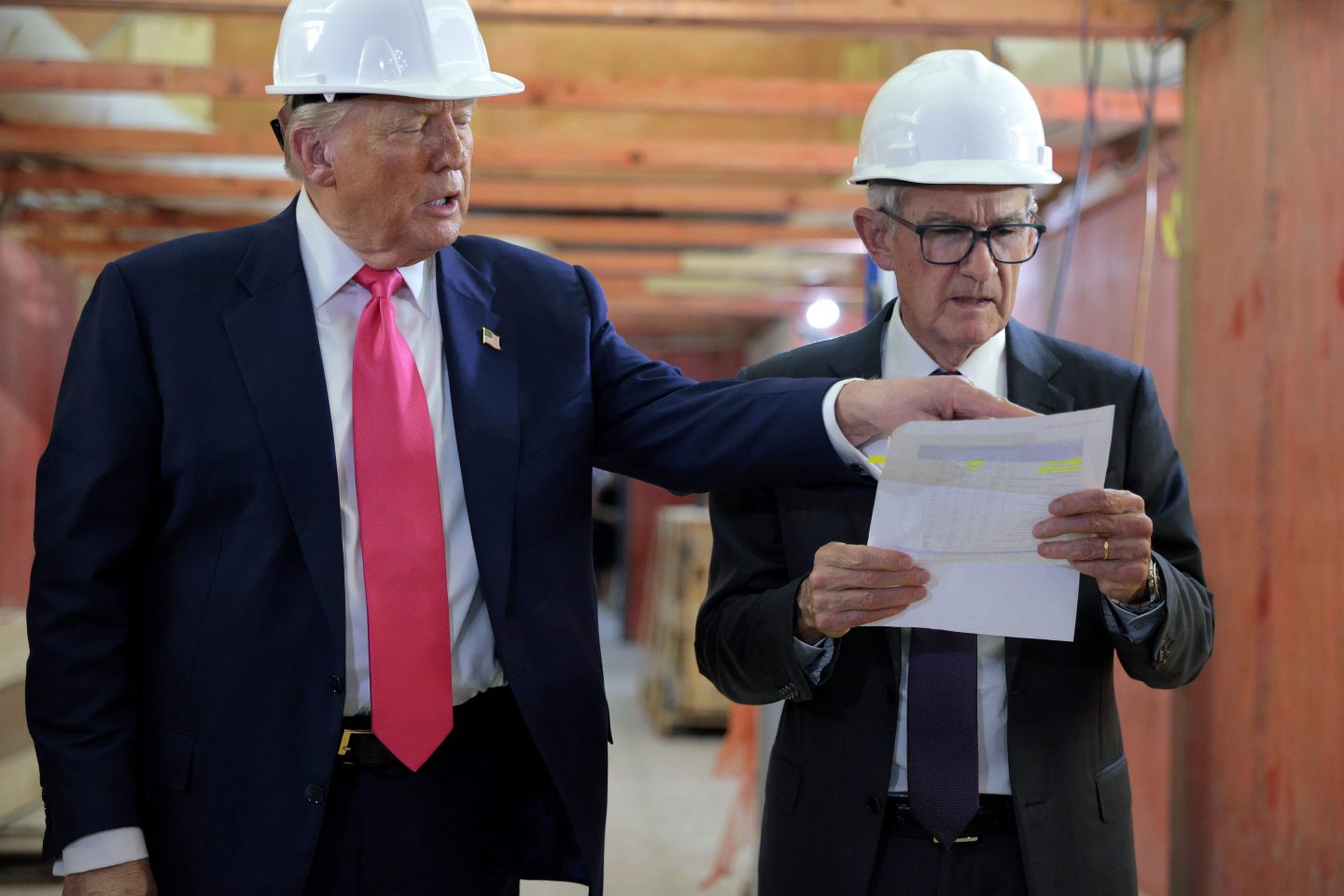Our mission to help you navigate the new normal is fueled by subscribers. To enjoy unlimited access to our journalism, subscribe today.
Late last week, a mysterious vibe swept social media platforms. A few dozen influential young techies added a string of emojis forming an uncanny face to their Twitter handles. A blank website featuring the emoji popped up, ominously teasing: “It is what it is.”
At typical Internet hyperspeed, others jumped on the bandwagon, mostly unsure where it was actually headed. What was “It is what it is”? A joke? A startup emerging from “stealth”? The hottest new social app since TikTok?
Katie Zhu, a product manager at Instagram, felt the FOMO acutely when the emoji started popping up among techie friends late Thursday.
“I said, What is this? Let me in!” says Zhu. “I fell for the prank. It probably took me a good two hours to figure out what was happening.”
“They’re like, There is no app.”
The secret came out publicly late Friday: It was a joke, a stunt, a prank. Its virality didn’t lead to anything…until it did.
The young, ethnically diverse team who had pulled “It is what it is” together started directing the thousands of eyes they had attracted with the tease of tech hotness—including a few venture capitalists hoping to make bank off the excitement—to instead donate to groups affiliated with racial justice and transgender rights, including the Loveland Foundation, the Okra Project, and the Innocence Project. As of Tuesday, the group says it has raised more than $200,000.
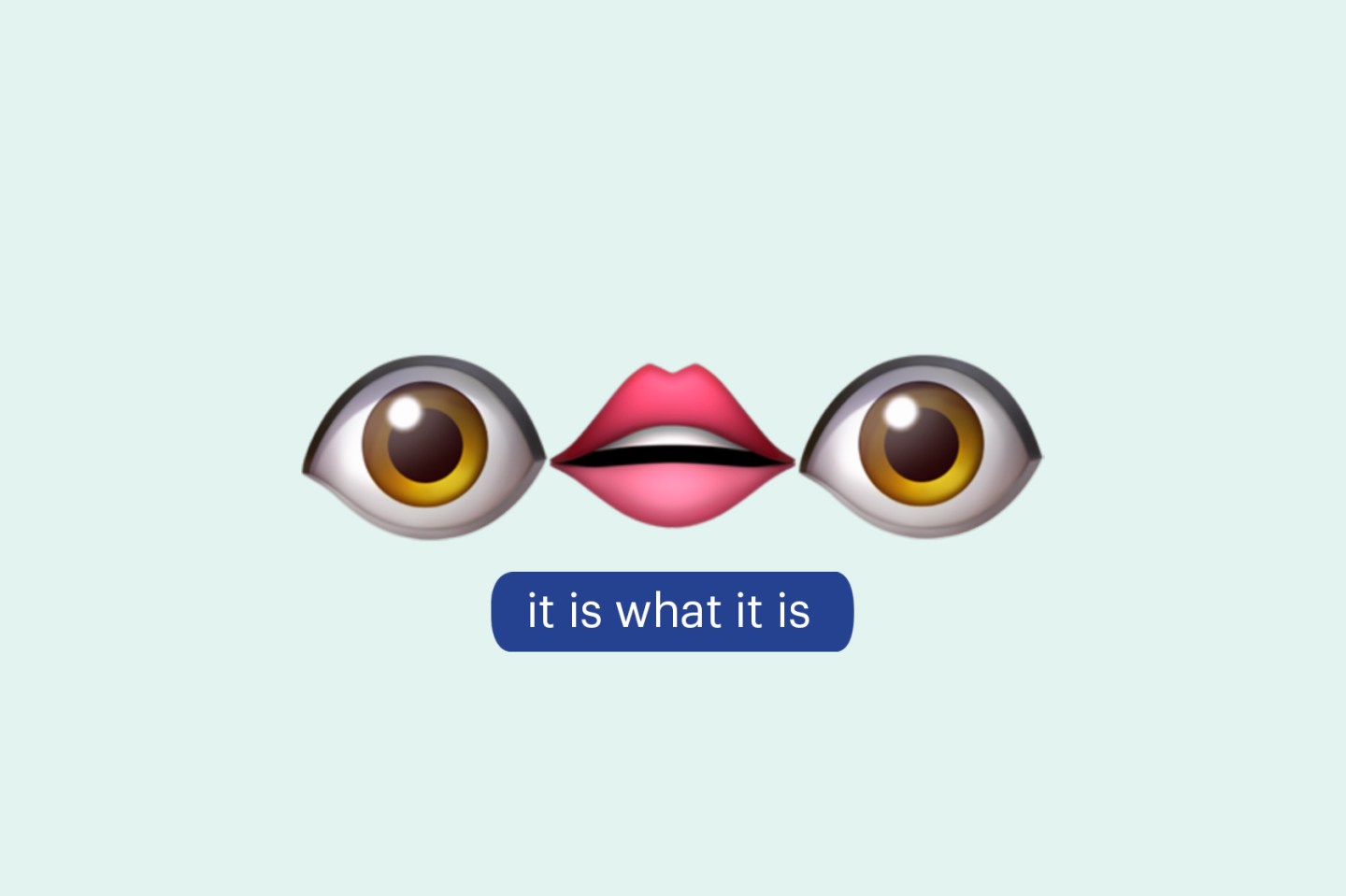
Though organizers chose to wield their clout for racial justice, the hype cycle of the project itself explored a different (though related) issue: the increasingly troubled relationship between society and Silicon Valley.
Zhu is now one of the 60 “It is what it is” team members who half-jokingly refer to themselves as “cofounders.” Zhu, who is also an artist whose work has appeared in The New Yorker, says the project arose from the best possibilities of the Internet and tech culture and became a critique of its worst excesses.
The concept and execution of the project emerged organically, she says, from a group of online friends “just dicking around on the Internet.” The eye-mouth-eye emoji itself, and the phrase “It is what it is,” were memes picked up from around the web. There was no clear plan in mind—though Zhu gives particular credit to Freia Lobo for setting the project’s tone on Twitter.
“It really, to me, is the purest expression of what we wanted the Internet to be,” says Zhu. “On the Internet, you can find your community, your tribe. I really, really believe that.”
But the rapid pile-on fueled by mystery and big reveals exposed darker aspects of tech culture and the tech business. Zhu says she was recently diagnosed with bipolar disorder, and that both as a tech user and a tech worker, an obsession with novelty and exclusivity has held serious risks for her.
“Hype, and what that means in terms of validation, I’m realizing there’s something there that might not be healthy for me,” she says. “I would be like, ‘I want an invite to this thing, because I hate myself!’” Research has increasingly shown that social media and the quest for online clout are contributing to a full-blown mental health crisis, particularly among teens and young adults.
Zhu draws parallels between “It is what it is” and the hyping of exclusive social media app Clubhouse. The app generated immense interest early this year before many details were revealed and attracted $12 million in investment with only around 270 daily users, many of them famous or influential.
And in fact, venture capitalists were similarly attracted to “It is what it is,” as predictably as flies to honey. Organizers say VCs started knocking on their virtual doors late last week, hoping to get in on the new hotness. More surprisingly, the offers kept right on coming, even after the fact that it was a stunt was revealed. Without a product or even an idea for one, investors nudged the team to form a real company to build something—anything.
The “It is what it is” Twitter account mocked the frenzy: “all you people know is ‘monetized’ ‘seed round’ ‘growth hack’ like relax haven’t you ever just had fun online while vibing with your friends and donating to The Okra Project.”
The VCs’ lust will go unrequited. And while the loose “It is what it is” team are weighing options for how to move forward, Zhu says they’re leaning toward winding down the project. In part that’s because they want to recognize their own privilege as well-paid tech workers, instead of leveraging it for their own further benefit.
“This can’t be a moment, it needs to be a movement,” says Zhu. “We are one part of the movement, and the movement is Black Lives Matter.”



